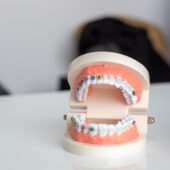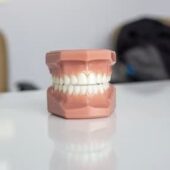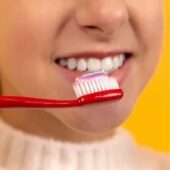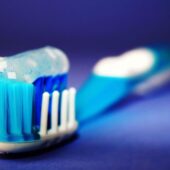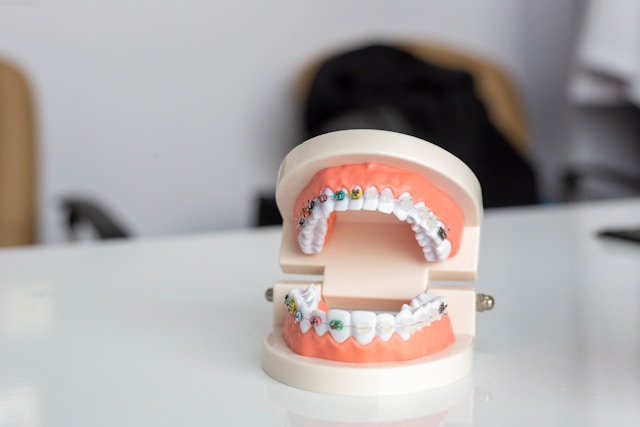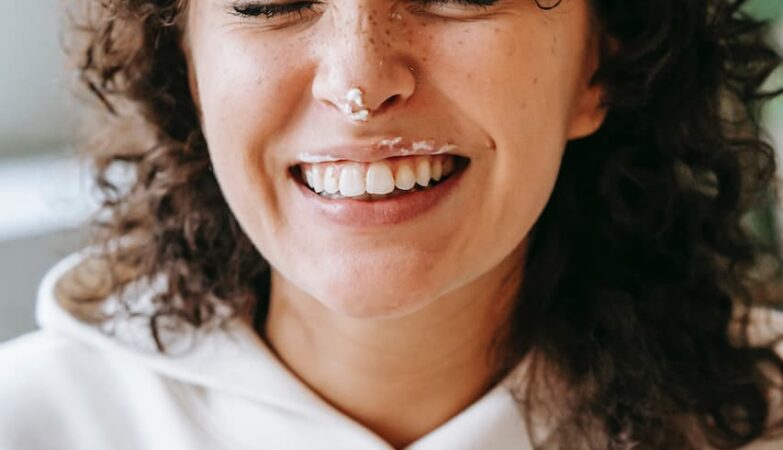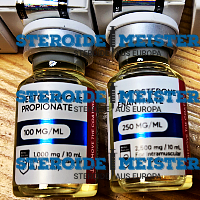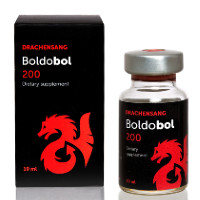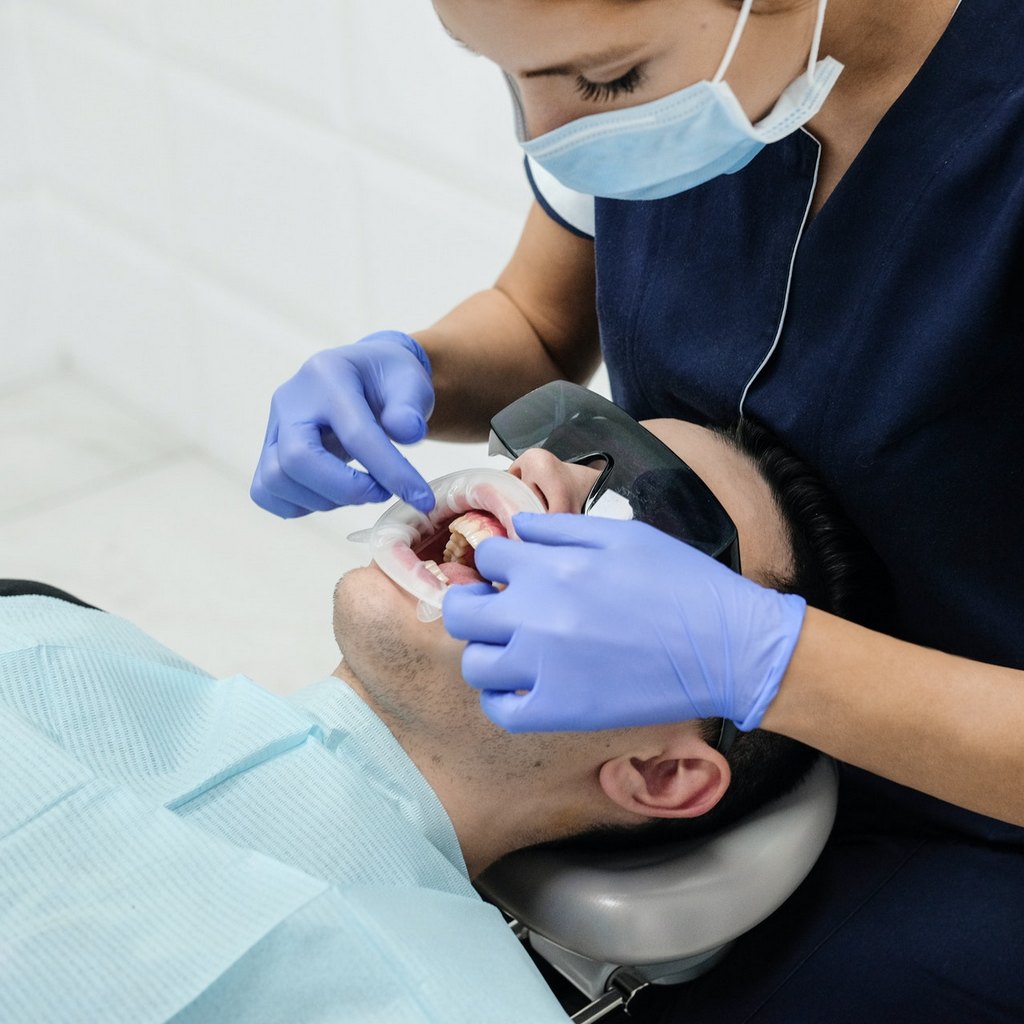A whiter smile and healthier teeth
Most people are used to thinking that the beauty and health of teeth is judged on the basis of how white a person’s smile is. This opinion is more of a stereotype, because we see white teeth in toothpaste commercials and on TV. What is the relationship between healthy and white teeth?
According to dentists, a healthy smile won’t necessarily be snow white. Every person has their own individual tooth color, which is shaped by many factors, not the least of which are genetic heredity and ethnicity. Your teeth may be healthy, but they may have a yellow or gray color and not be snow white. Slight yellowing of the tooth indicates a saturation of enamel with fluoride, which is not bad.
To determine exactly what your shade is, focus on a special color chart – the Vita Scale. Each shade has a corresponding letter-sound interpretation, in which the letter corresponds to the color category, and the number – the brightness. By color, the categories are divided into:
- Group A – red-brown tooth shade;
- group B – red-yellow;
- group C – gray;
- group D – red-gray.
By brightness: 1 – the brightest, 4 – the least bright.
It is difficult to state what the color of healthy teeth is. For example, looking at the European race, the most common shade is A2, rather white and light teeth. Looking at Africans, one gets the impression that they have snow-white teeth, although among them there is often a shade of A3, which is a tone darker than the teeth of Europeans. But in contrast to the dark skin, the teeth seem lighter.

